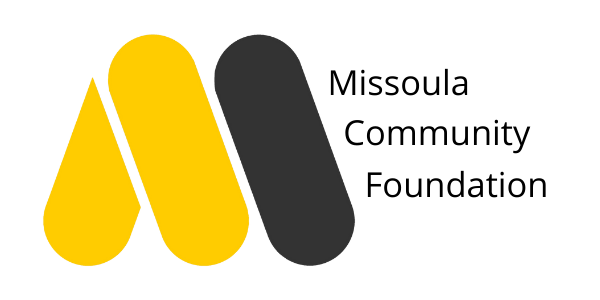Endowments forNon-Profits
Eighty-nine percent of the world’s wealth sits in non cash assets. According to a groundbreaking study by Dr. Russell James, a professor at Texas Tech, nonprofits consistently receiving gifts of stocks and bonds grew their giving six times faster than those receiving just cash assets. A transfer of wealth study reported that $14.2 Billion will be transferred from one generation to the next between 2010 and 2060 in Missoula County. These are all reasons to think about planned giving for your nonprofit.
Why Planned Giving?
The largest transfer of wealth is happening now. In a transfer of wealth study commissioned by the Montana Community Foundation, it is estimated that between 2010 and 2060 that $14.2 Billion will be transferred from one generation to the next in Missoula County.* If donors left 5% of that to the community in the form endowments we would have $710,000,000 in endowments making annual disbursements of $35 M back out to our community.
Donors can often make larger gifts through planned giving than during their lifetime.
Planned gifts are often more complex taxed assets that can provide the donor with tax benefits, lifetime payments, and ways to benefit their heirs.
Planned giving also offers your organization a way to create a permanent revenue stream by creating an endowment, allowing your donors to take advantage of the Montana Endowment Tax Credit.
What is Planned Giving?
Planned giving is the transfer of assets (e.g., real estate, stock or life insurance) to a designated nonprofit organization during a lifetime or upon someone’s passing. Usually this happens via a will or other written means. The giving is “planned” because often these assets are not liquid, have tax consequences or can be used to simultaneously generate income for donors.
You Don't Need to be an Expert!
Planned Giving can be complicated, but you shouldn’t be intimidated by the legal and financial issues associated with different types of planned gifts. It is important to know that there are experts out there. Your job is to know the basics and let your donors know what opportunities exist. There are resources for both your organization and your donor that offer experience in setting up different types of planned gifts
We can be partners.
Did you know that over 80% of our nation’s wealth is in the form of assets other than cash? This means stocks, real estate, and so much more.
Here is How a Partnership Might Look:
You have a donor who you identify as potentially interested in planned giving…
*Montana Transfer of Wealth Update Technical Findings Report for the Montana Community Foundation by the Center for Rural Entrepreneurship Rural Policy Research Institute. (2012). Retrieved from https://www.mtcf.org/Portals/0/Uploads/Documents/TOW_TechnicalFindings.pdf
**Federal Reserve Q3 2020 Financial Accounts of the United States
